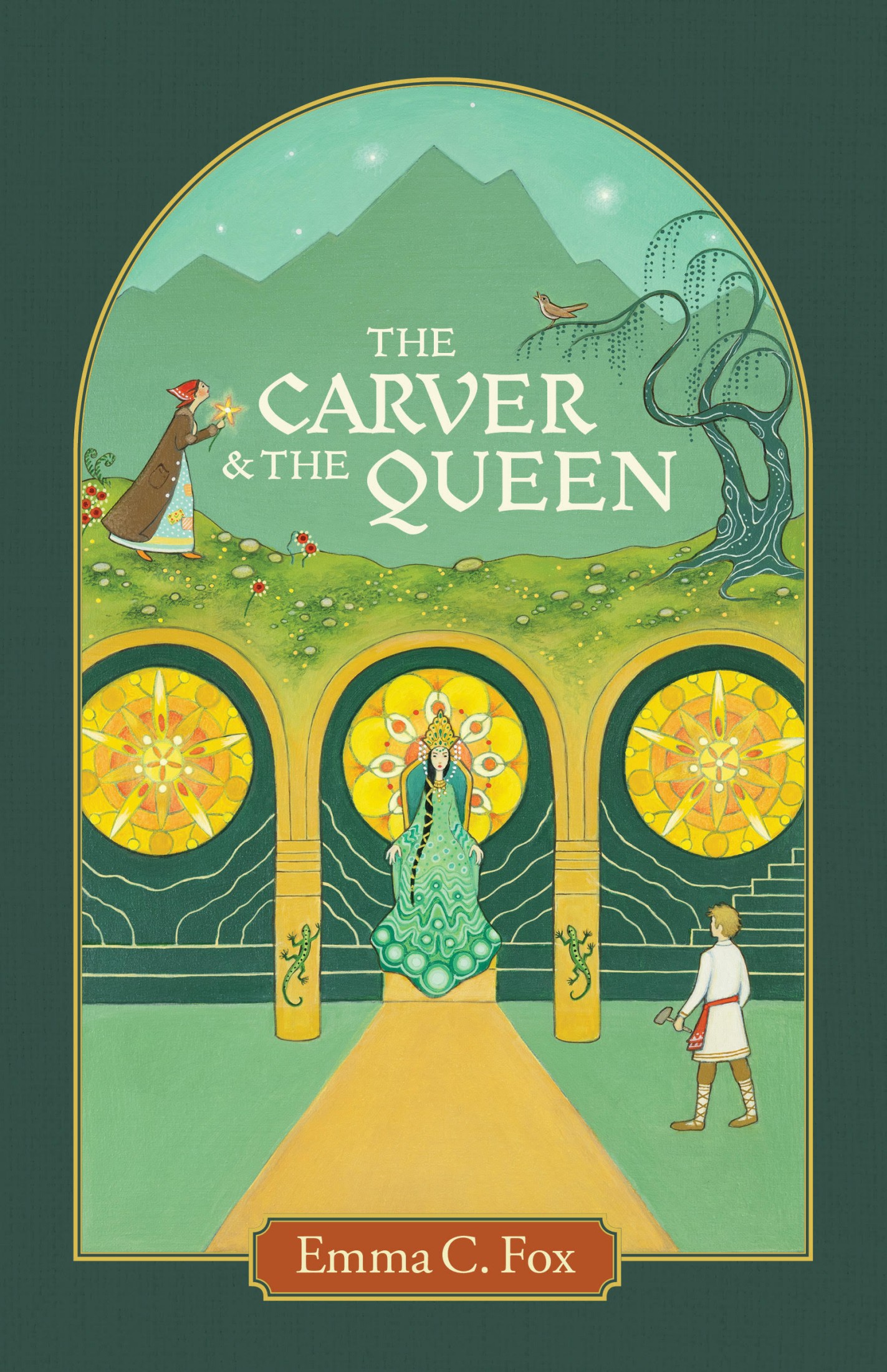An Answer to the Market Question
Money plays an important part in the life of every citizen of the United States (as well a abroad.) Although it has appeared in many forms, general investing has been part of the world economy since time began. The American capitalist market has produced some of the greatest economic growth ever seen, but it has also produced some of the greatest ruin ever sustained by a large population. The frequent shift in market prices has created an entire workforce of analyzers, brokers, slick salesmen, and forecasters to “help” the greater public wisely invest their savings.
This workforce of executives who waltz along Wall Street have created this “get-rich-quick” scheme that now permeates the minds of most Americans when they think of investing. Needless to say, this is a false idea that happens so infrequently it’s hardly worth dwelling on. It should be common knowledge that any company, individual, or product promising quick wealth can guarantee you absolutely nothing, and may actually end up damaging your investments.
The markets can be a dangerous and scary place for the uninformed (and the misinformed.) It is difficult to manage your own investments, let alone do it wisely. There is a reason companies and individuals offer investment advising services – because it’s a full-time job that we most often cannot do on our own with any success. Thankfully, Daniel C. Goldie (CFA, CFP) and Gordon S. Murray are here to distill some of the fears we have of the markets, and to give us some answers to the biggest investment questions.
The Investment Answer
Goldie and Murray present us with 5 important decisions that must be made in order to have a successful investment experience. These are:
- The Do-It-Yourself Decision
- The Asset Allocation Decision
- The Diversification Decision
- The Active versus Passive Decision
- The Rebalancing Decision
By working through each of these decisions, we can have greater surety about the return of our investments.
The first decision is whether to wade into the markets on your own, to use a brokerage firm, or to use an independent advisor. Many go with a brokerage firm, and too many try to do it themselves. The wisest decision is to find an independent (i.e. not registered as a representative) advisor who can manage your portfolio. In this chapter, a helpful explanation is included that develops for us the emotional cycle of investing. It is important to remember that we often react and take action in the opposite manner than what we should in any given market situation.
The second decision has two facets. The first is whether to place your money in equities or fixed income. The second facet is whether to put your money on cash, stocks, or bonds. The conclusion Goldie and Murray draw is that the best portfolio is a mixed portfolio. Thus you will end up with mixed percentages of several cash equities, and fixed stocks and bonds. This is one of the most productive ways to go about investing!
The third decision is similar to the second. The diversification decision involves which types of assets you desire to invest in. Essentially, this means you shouldn’t put all your into only one industry (such as technology), even if you have a variation of equities and fixed income assets.
The fourth decision is very important, and actually runs counter-intuitive to what we normally perceive as the typical market technique. The active method of investing tries to go against the flow (in a sense) in order to beat the rest of the market and gain an early advantage in what the investors perceives to be a growing, and hopefully one day important, stock. This involves lots of trades (hourly, daily, weekly, etc.) and very rarely works out well for the investor. On the other hand, Goldie and Murray present the passive method as a better opportunity for investment. This passive approach keeps the long-term in mind and almost always produces the best results.
The final decision is one that you usually agree on with your advisor. Rebalancing gives the opportunity to check the productivity of each individual asset within your portfolio. This allows you and/or your advisor the chance to re-set the portfolio to once again produce the kind of results you are looking for. Without rebalancing, the productivity and success of your portfolio goes down significantly over time.
Made for the Layman
This book was easy to read. It was short (88 pages, which includes the index, author notes, etc.) It was fast (I read it in 1.5-2 hours max.) It’s truly written for the fast-paced culture we live in. Anyone – and I do mean anyone – can find the time to read this short introduction to investing. While being fast, there was still a lot of information presented. I believe the authors found a good balance of explaining each topic thoroughly enough that the audience could understand, but moving fast enough that they don’t lose the audience. There will definitely be people out there (like my mom. Hi Mom!) who won’t care for this book, and who will be bored even unto tears. And that is OK.
As for the content . . . I am not an investor. Not even close. I got into this book because my uncle requested a series on the blog of different investing books. So I have finally delivered the first book, after several months of procrastination. In the past year I have been interested in investing, but with the current economy have become disillusioned with the idea of throwing any money on long-term ventures (which is what I would be interested in) because of the state of our economy and the complete re-definition of what is important materially.
That being said, the content was easy, but also a little linguistic (legally speaking.) Most of the time the terms were explained, although I don’t feel as though I got a full-out definition for everything. However, I still believe I learned a lot through reading this book. It’s a good first step into the world of investing. In hindsight, I think I picked a good book to start with. I feel a lot more knowledgeable about the general methods and principles of investing.
To Read or Not To Read
Although the book itself is less than 90 pages, and although I gave a decent summary, don’t feel like reading this blog post replaces reading the book. There is SO much information that I couldn’t even pack into this post. Each of the five decisions have further explanation and a lot more detail than I shared. All of those details are important to know if you are thinking about diving into the investing world. I would definitely recommend this book, no doubt about it. In fact, this book would be a good test to decide if you really want/need to venture into investing.
Are you already into investing? If so, what books have you read and which do you recommend? Leave me tips in the comments below!
Until the next stock market crash. 🙂
![]()



